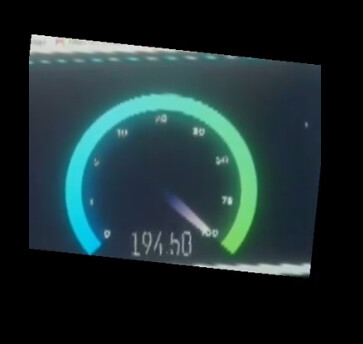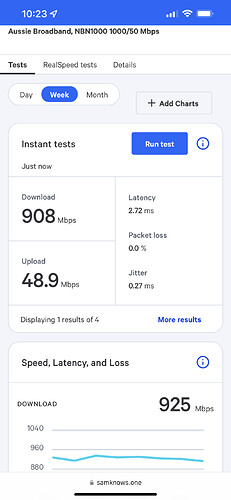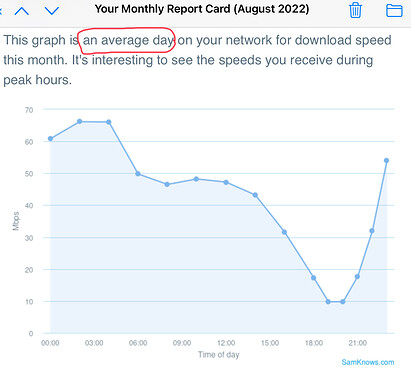IE Smoke and Mirrors? Comments specific to Fixed Wireless NBN.
The NBN has connected 388,878 customers to Fixed Wireless services as of 11Aug22.
The NBN FW services utilises of than 2200 fixed wireless infrastructure sites and more than 22,000 cells in semi-rural areas and across regional and remote Australia.
The ACCC monitoring program through SamKnows white boxes samples just 73 (May 22 data) of the 388,878 services, 22,000 cells and 2,200 towers. It will be at least 74 when ours is included with the August performance data due in approx 3 months time.
The ACCC is monitoring a relatively small subset of the whole FW installation. For a public funded monopoly why is the NBN Co which has all the throughput data for every tower and cell not legally required to publish it’s results monthly, tower by tower and by area/sector? Hopefully not too difficult a question for the respective shareholder ministers. The ACCC can only do so much?
A second observation on the latest report is the use of average speeds. This evades the core issues
- of identifying and reporting how many services are underperforming,
- the true poor busy period speeds many experience,
- and whether those customers services are progressively improving or declining.
It’s worth noting that with the NBN Co promoting provision of the Fixed Wireless Plus option to RSP’s there has been an increase in the reported average FW speeds. What this service option delivers is an increase to the speed cap imposed by the NBN on customers taking the service on. It delivers faster speeds outside the busy hour/s improving the daily average speeds reported. It makes little difference to the low speeds most observe at peak times or when services are congested.
The NBN Co has said of the faster service it is providing, (although of little relevance when most customers might have more than one stream in demand in the evenings).
The boost in download speeds meant that in December 2021, 98 per cent of Fixed Wireless Plus services could support five or more simultaneous high definition streams, compared to 81 per cent of services in September 2021.
Note of the 73 ACCC monitored services 60 are connected to the highest speed Plus service, and just 13 to lower speed plans. The second are too few the ACCC notes to be statistically reliable.
Hopefully the ACCC and perhaps Choice can encourage more FW connected consumers to take up the challenge and apply for a free ‘SamKnows’ white box.
P.S.
It’s very evident the tower we connect to has a significant congestion issue.
Whether the NBN Co can deliver a practical solution consumers will accept - noted they don’t report to the average Aussie consumer.




